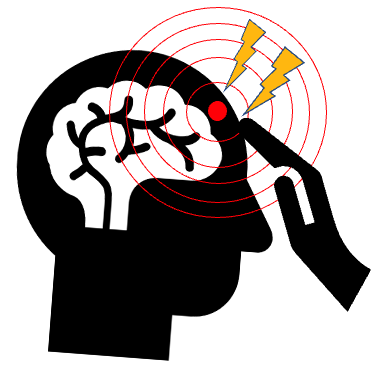
Title: Optogenetic Spreading Depression Elicits Trigeminal Pain and Anxiety Behavior
Journal: Annals of Neurology 2021 Jan;89(1):99-110.
Link: https://onlinelibrary.wiley.com/doi/epdf/10.1002/ana.25926
Comments: The most probable cause of migraine aura is cortical spreading depression (SD). Migraine aura is more frequently associated with severe cutaneous allodynia as compared with migraine without aura. Several studies have indicated that SD activates trigeminal nociceptive pathways and induced trigeminal pain behavior. However, past studies induced SD by invasive ways (invasive cranial surgery, exposure to hyperosmolar KCl, direct stimulation of dural or calvarial nociceptors). Such invasive approaches can confound any impact of SD on pain behavior. In this study, the authors applied a minimally invasive method of inducing SD using optogenetic techniques. Using this method, authors showed a causal link between SD and a robust trigeminal pain behavior in mice. Repeated SDs produced a pain phenotype lasting at least several days. This SD-induced trigeminal neuralgia behavior was alleviated by triptans, indicating that this model is clinically consistent. Repeated SDs also induced anxiety behavior in open field test. These findings are consistent with the clinical observation that migraine is associated with psychiatric disturbances, including anxiety disorders. This optogenetic SD-induced allodynia model is robust and malleable for the exploration of mechanisms of migraine in relation to SD.